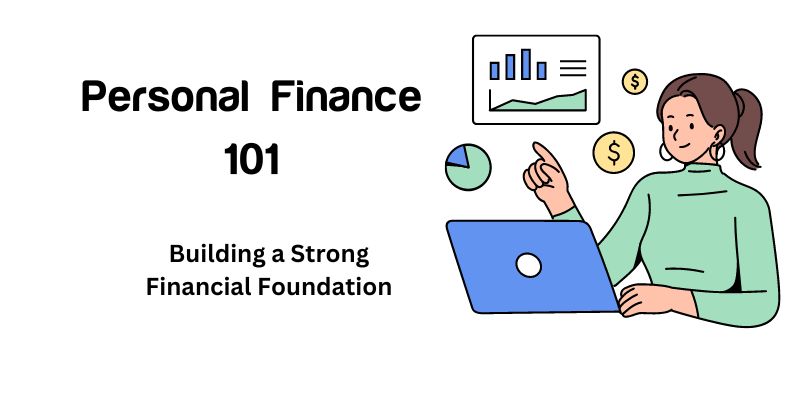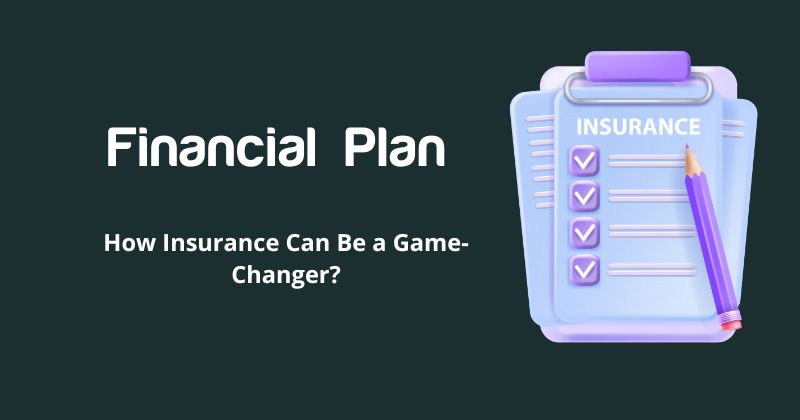Banking fraud is a growing concern in today’s digital age, with cybercriminals becoming increasingly sophisticated in their methods. Whether it’s through phishing scams, identity theft, or unauthorized transactions, falling victim to banking fraud can have devastating effects on your financial health. Fortunately, there are steps you can take to protect yourself and safeguard your finances. Here’s how you can stay vigilant and defend against banking fraud.
1. Recognize Common Types of Banking Fraud
Understanding the various types of banking fraud is the first step in protecting yourself. Here are some common fraud tactics:
Phishing Scams
Phishing involves fraudulent attempts to obtain sensitive information by pretending to be a trustworthy entity, often through email or text messages.
Identity Theft
Identity theft occurs when someone steals your personal information, such as your Social Security number or bank account details, to commit fraud.
Card Skimming
Card skimming involves copying the data from the magnetic stripe of your credit or debit card using a small device attached to ATMs or point-of-sale terminals.
Unauthorized Transactions
Unauthorized transactions can occur when someone gains access to your bank account or credit card and makes purchases or withdrawals without your permission.
Check Fraud
Check fraud includes altering or forging checks, or depositing fake checks to steal money from an account.
2. Strengthen Your Online Security
In our digital world, a significant amount of banking fraud occurs online. Strengthening your online security can help protect your financial information.
Tip: Use Strong, Unique Passwords
Create complex passwords that are difficult to guess, using a combination of letters, numbers, and special characters. Avoid using the same password for multiple accounts.
Tip: Enable Two-Factor Authentication
Two-factor authentication adds an extra layer of security by requiring a second form of verification in addition to your password.
Tip: Keep Your Software Updated
Regularly update your computer, smartphone, and any banking apps to ensure you have the latest security patches.
3. Monitor Your Accounts Regularly
Keeping a close eye on your bank and credit card accounts can help you quickly detect any unauthorized transactions or suspicious activity.
Tip: Set Up Alerts
Most banks offer alerts via email or text message for transactions, low balances, and other account activities. Enable these alerts to stay informed in real time.
Tip: Review Statements
Regularly review your bank and credit card statements for any unusual transactions. Report any discrepancies to your bank immediately.
4. Protect Your Personal Information
Be cautious about sharing your personal and financial information. Protecting your data is crucial to preventing identity theft and other forms of fraud.
Tip: Shred Sensitive Documents
Shred any documents containing personal information, such as bank statements, credit card offers, and medical bills, before disposing of them.
Tip: Be Wary of Sharing Information
Never share your personal or financial information over the phone, email, or text message unless you are certain of the recipient’s identity and legitimacy.
5. Stay Informed About Scams
Scammers constantly devise new tactics to trick individuals into providing their financial information. Staying informed about the latest scams can help you recognize and avoid them.
Tip: Follow Trusted Sources
Stay updated on current fraud trends by following trusted sources such as government websites, consumer protection organizations, and your bank’s fraud prevention resources.
Tip: Educate Yourself and Others
Take the time to educate yourself and your family members about common scams and how to avoid them. Sharing this knowledge can help protect your loved ones as well.
6. Be Cautious with Public Wi-Fi
Using public Wi-Fi networks can expose your personal information to hackers. Take precautions when accessing your bank accounts or conducting financial transactions on public networks.
Tip: Use a VPN
A Virtual Private Network (VPN) encrypts your internet connection, making it more secure when using public Wi-Fi.
Tip: Avoid Financial Transactions on Public Wi-Fi
Whenever possible, avoid accessing your bank accounts or making financial transactions while connected to public Wi-Fi. Use your mobile data or wait until you are on a secure, private network.
7. Secure Your Devices
Physical security of your devices is just as important as digital security. Losing your phone, laptop, or other devices can lead to unauthorized access to your financial information.
Tip: Use Screen Locks
Enable screen locks on your devices, such as PINs, passwords, or biometric locks (fingerprint or facial recognition), to prevent unauthorized access.
Tip: Install Anti-Theft Software
Consider installing anti-theft software on your devices that can help you locate, lock, or wipe them if they are lost or stolen.
8. Report Fraud Immediately
If you suspect you have been a victim of banking fraud, it’s crucial to act quickly to minimize the damage.
Tip: Contact Your Bank
Report any suspicious activity or unauthorized transactions to your bank immediately. They can freeze your accounts, reverse fraudulent charges, and guide you on the next steps.
Tip: File a Report
File a report with your local police and relevant authorities, such as the Federal Trade Commission (FTC) or the Consumer Financial Protection Bureau (CFPB), to document the fraud.
Conclusion
Banking fraud can have serious consequences, but by taking proactive steps, you can significantly reduce your risk. Recognize common fraud tactics, strengthen your online and offline security, monitor your accounts, and report any suspicious activity promptly. Staying vigilant and informed is key to safeguarding your finances and protecting your financial future. Remember, the best defense against banking fraud is a combination of awareness, caution, and prompt action.

